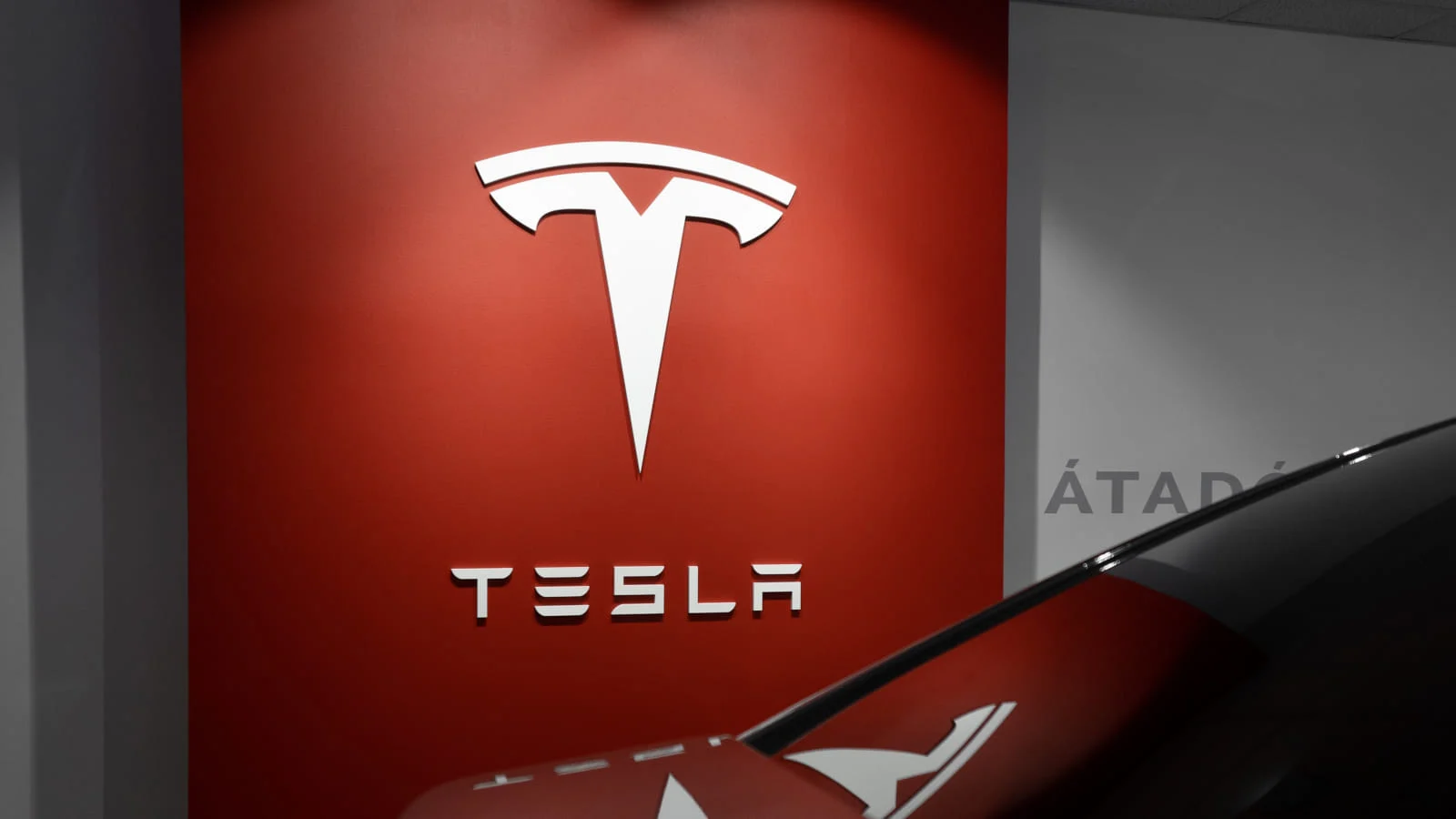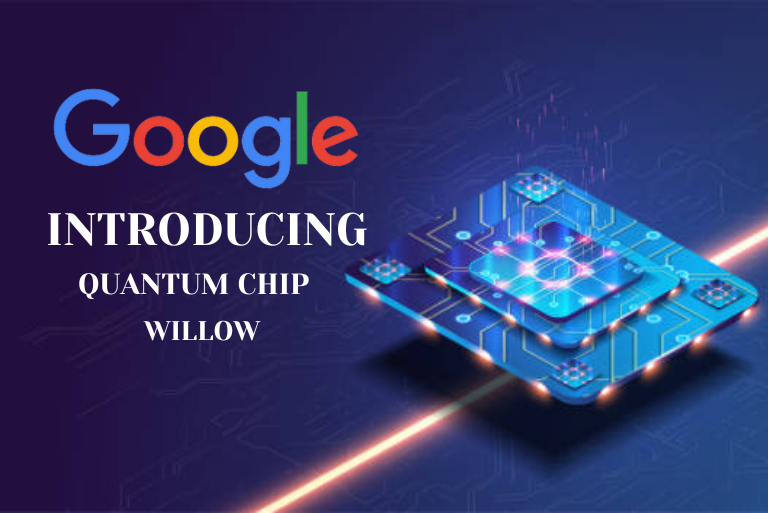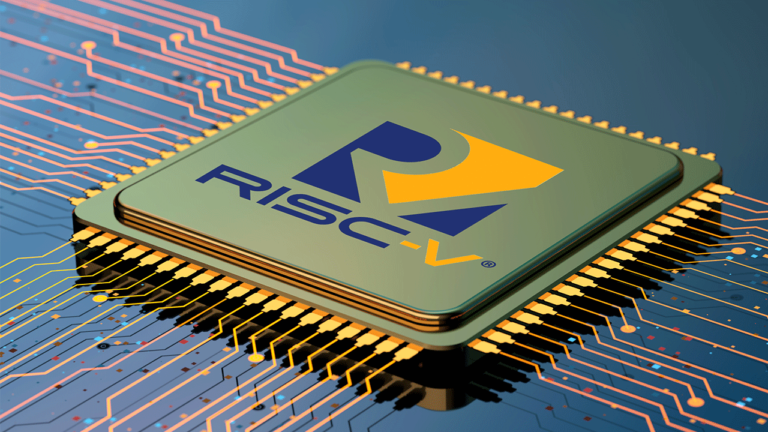How Tesla’s Full Self-Driving (FSD) Beta is Revolutionizing Autonomous Vehicles in 2024
Introduction
Autonomous driving has long been a dream of futurists and tech enthusiasts. In 2024, Tesla’s Full Self-Driving (FSD) Beta is making that dream a reality—one software update at a time. With over 500,000 testers worldwide, Tesla’s FSD Beta is pushing the boundaries of AI-powered driving, but not without controversy.
In this deep dive, we’ll explore:
✔ How Tesla’s FSD Beta works
✔ Key features and improvements in 2024
✔ Real-world performance & safety concerns
✔ Regulatory challenges & future outlook
What is Tesla’s Full Self-Driving (FSD) Beta?
Tesla’s FSD Beta is an advanced driver-assistance system (ADAS) that aims to achieve Level 4 autonomy—where the car can handle most driving tasks without human intervention. Unlike standard Autopilot, FSD Beta includes:
- City Street Navigation (handling stop signs, traffic lights, and complex intersections)
- Automatic Lane Changes
- Smart Summon & Auto Park
- Continuous AI Learning via Tesla’s neural networks
Elon Musk has called it the “most advanced AI driver” on the market, but critics argue it’s still far from true autonomy.
Key Updates in Tesla FSD Beta 2024
1. Enhanced Neural Networks & AI Training
Tesla’s Dojo supercomputer, unveiled in 2023, now processes millions of miles of real-world driving data daily. This allows Tesla to refine FSD’s decision-making, reducing phantom braking and improving obstacle detection.
2. Improved “Chill” and “Assertive” Modes
Drivers can now choose between:
- Chill Mode (more cautious, keeps longer follow distances)
- Assertive Mode (aggressive lane changes, quicker acceleration)
3. Traffic Light & Stop Sign Recognition 2.0
FSD now better handles flashing yellows, temporary signs, and construction zones—previously a major pain point.
4. “Reverse Autopark” & Enhanced Summon
Parallel parking is smoother, and Smart Summon now works better in crowded lots.
Real-World Performance: Successes & Challenges
✅ Success Stories
- Reduced intervention rates (some users report 90%+ hands-free driving in cities)
- Better pedestrian detection (Tesla claims a 40% improvement over 2023)
- Smoother highway merges
❌ Ongoing Issues
- Phantom braking (still reported in edge cases)
- Difficulty with unprotected left turns
- Regulatory pushback (NHTSA investigations continue)
A 2024 MIT study found that FSD Beta drivers often become over-reliant, leading to delayed reactions in emergencies.
Regulatory & Ethical Challenges
1. NHTSA & Global Regulations
The National Highway Traffic Safety Administration (NHTSA) has forced Tesla to recall FSD Beta twice since 2022 due to safety risks. The EU is also scrutinizing Tesla’s “beta testing on public roads” approach.
2. The Ethical Dilemma of AI Driving
- Who’s liable in an FSD crash?
- Should AI prioritize passenger safety over pedestrians?
- How much testing is “enough” before public release?
The Future of Tesla FSD & Autonomous Driving
Elon Musk predicts “Level 5 autonomy” (full self-driving anywhere) by 2025, but experts remain skeptical. Key milestones ahead:
- Robotaxi rollout (expected 2025)
- FSD subscription model expansion
- More global regulatory approvals
Final Thoughts
Tesla’s FSD Beta is the closest thing to autonomous driving available today, but it’s far from perfect. As AI improves and regulations evolve, we may soon see truly driverless cars—but until then, human oversight remains crucial.
Would you trust FSD Beta on your daily commute? Let us know in the comments!



